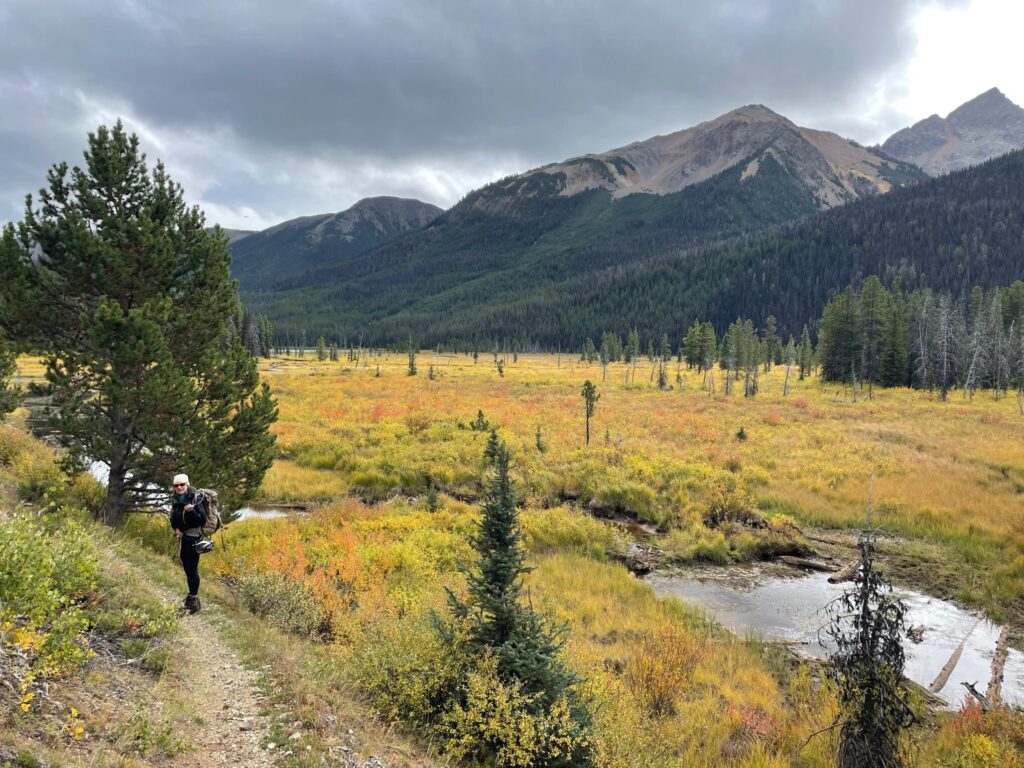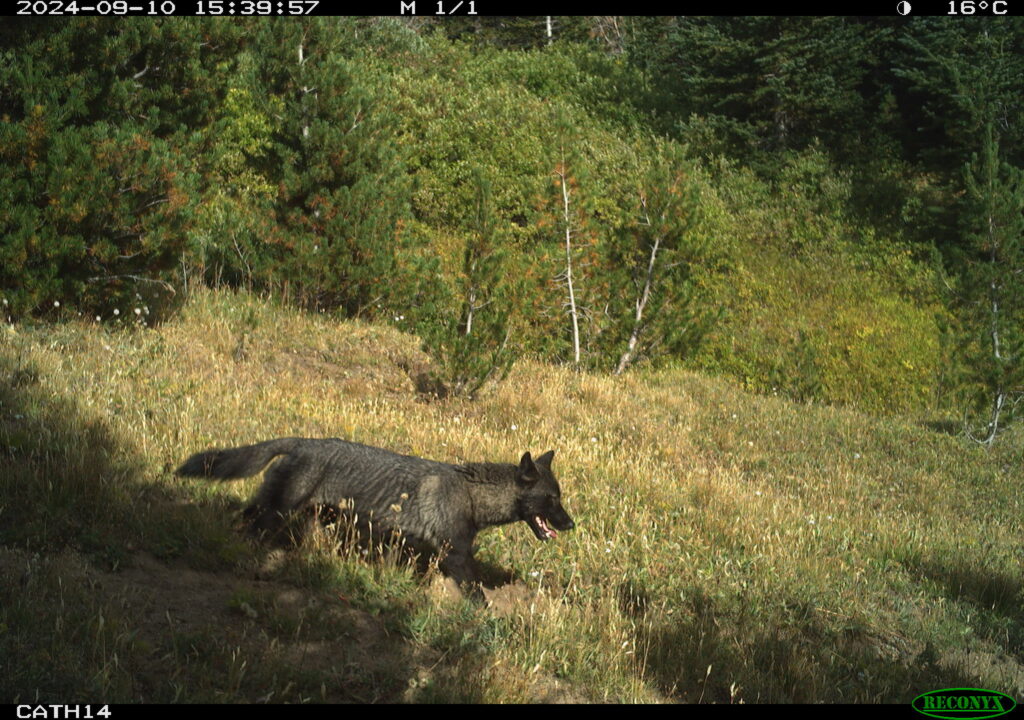
Camera traps and other passive sensors are a critical tool in wildlife monitoring and conservation research, but require substantial effort and resources to deploy. Understanding where to place sensors on the landscape to maximize the ability to collect valuable information (e.g., accurate abundance estimates of rare or sensitive species) while minimizing cost and effort remains a key challenge for many research and conservation programs. CSP and our collaborators – Drs. Bistra Dilkina (and her lab at the University of Southern California) and Amrita Gupta (Microsoft), along with Angela Brennan (Save the Elephants) and Robin Naidoo (University of British Columbia, UBC) – are developing a machine learning approach for designing optimized camera trap studies, using cutting edge computational tools to identify the spatial arrangement of sensors that will be most effective at estimating population parameters for a given monitoring project, thus optimizing the use of limited conservation resources.
This work, which is supported by the Paul G. Allen Family Foundation (PGAFF), was recently featured in an article on the PGAFF website highlighting how these optimization tools will be leveraged to support important conservation work on the ground in British Columbia, Washington State, and Kenya with partners at UBC, Panthera, and MIT.


